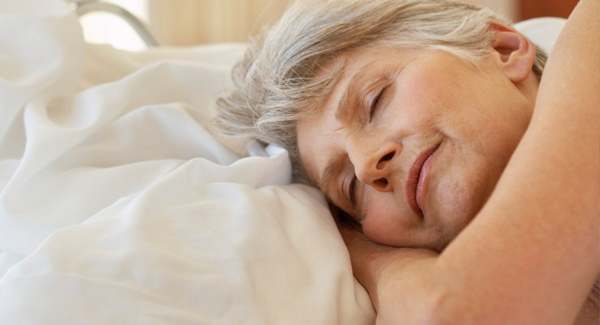Osteoarthritis and Falls: How to Reduce Your Risk
Learn the risk factors for OA falls and how to prevent them.
Osteoarthritis (OA) does more than make your joints sore and stiff. Damage to your knees and hips can also interfere with your balance and mobility, increasing your risk for a fall and making you more likely to fracture a bone in the process. About half of people with OA report having fallen in the past year.
Here are the main reasons why people with OA fall, and a few things you can do to prevent a spill.
Pain
Research has linked joint pain to an increased risk for falls. The more joints arthritis affects, the greater the odds you’ll take a tumble. In a 2015 Arthritis Care & Research study, people with pain in one lower joint – their knee or hip – were 53 percent more likely to fall. Those with two affected joints had a 74 percent higher chance, and people with three to four painful joints were 85 percent more likely to fall.
One reason for the connection is that pain is a sign of more severe OA and greater joint damage. Yet even when X-rays don’t show signs of severe joint damage, people who are in pain are more likely to fall. Researchers say pain makes people avoid using the affected limb, which leads to muscle weakness, poor function, and greater unsteadiness.
Decreased Function
Another explanation for the OA-fall connection is decreased function. Stiffness and poor mobility in the joints makes some people change the way they move. Each time you take a step, you bear about 80 percent of your body weight on a single limb. People with OA in their knee or hip tend to compensate for joint damage by shortening their stride or widening their step, practices that impair their balance.
Pain Medications
Pain relievers can be a necessity when your joints are sore, but they can also make you less steady on your feet. The type of painkiller you choose is important. Narcotic pain relievers such as opioids are linked to a much higher risk of falling than are NSAIDs.
Taking opioids or antidepressants to relieve OA pain increases fall risk by about 22 percent, according to a 2017 study in Osteoarthritis and Cartilage. Opioids likely contribute to falls due to side effects like dizziness and drowsiness. The cause with antidepressants is less clear, but these drugs may make you unsteady by causing sleepiness and confusion.
How to Prevent Falls
Falls aren’t inevitable if you have osteoarthritis. Here are a few ways to reduce your risk:
Get a fall assessment. Ask your primary care doctor or rheumatologist to assess your fall risk based on your health and medical conditions. Once you know which factors put you at risk, you can take steps to manage them.
Revisit your medications. Go over all of the drugs you take with your doctor and pharmacist. Review their side effects and make sure they’re not throwing off your balance. See if you can wean yourself off any of them, or switch to a drug that doesn’t make you unsteady.
Fall-proof your home. Clean up tripping hazards such as wires, loose rugs, and piles of books or clothes. Place nonslip mats and grab bars on the floor of your shower and tub. Install handrails on both sides of stairways inside and outside of your home. Make sure all hallways and stairs are well lit.
Exercise. Exercise strengthens the muscles that support your joints and improves balance. Certain programs are particularly good at reducing fall risk in people with OA. Strength training, tai chi and aerobic exercise programs strengthen muscles, improve coordination and balance, and increase flexibility – all of which are necessary to stay upright. Participating in one of these programs can also increase your confidence and reduce your fear of falling. To learn the proper form, take a class geared to people with arthritis – such as one offered by the Arthritis Foundation. Or see a physical therapist.
Be careful about pain relievers. Avoid taking opioids whenever possible. If you have to take them, use the lowest possible dose for the shortest period of time necessary to relieve your pain.
Consider vitamin D. There is evidence that vitamin D supplements increase muscle strength and reduce fall risk among older adults who are deficient. Ask your doctor if you need a supplement, and if so, how much to take.
Wear the right shoes. Stick to sturdy low-heeled, rubber-soled shoes. Avoid wearing high heels, slippers and leather soled shoes that can make you unsteady or cause you to slip. Get fitted properly whenever you buy new shoes.
Get an assistive device. If you’re unsteady on your feet, ask your doctor whether you need to use a cane or walker.

Stay in the Know. Live in the Yes.
Get involved with the arthritis community. Tell us a little about yourself and, based on your interests, you’ll receive emails packed with the latest information and resources to live your best life and connect with others.

